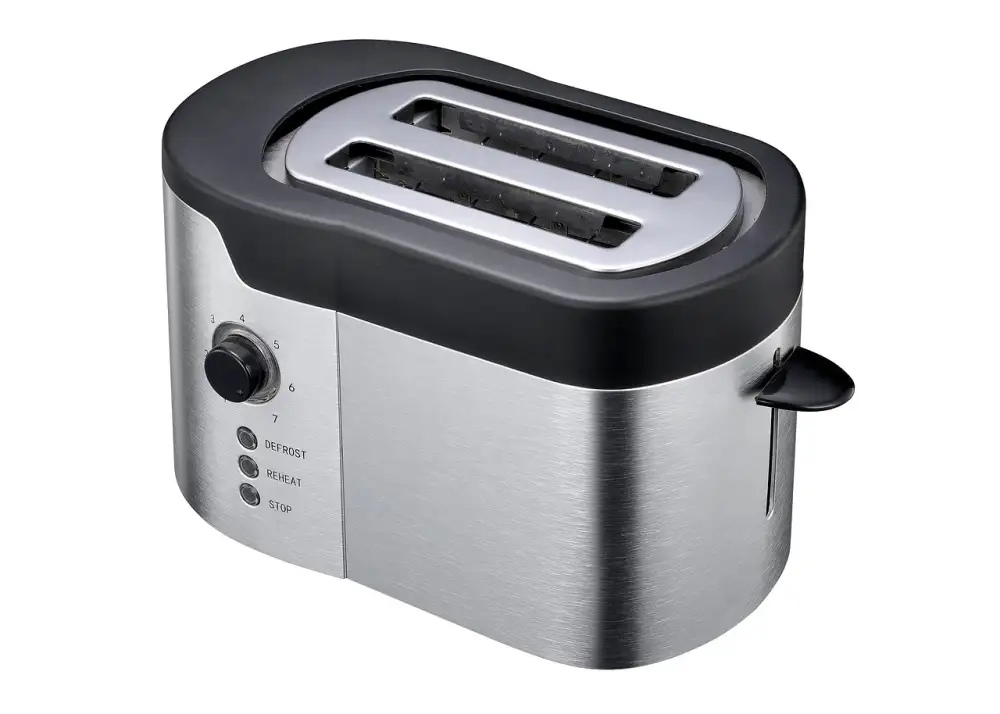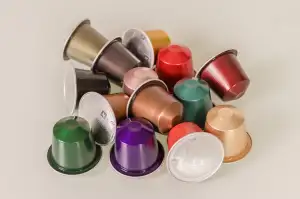Mastering Your Convection Oven: Essential Tips for Home Cooks

- Understanding the Difference Between Convection and Conventional Ovens
- Preheating Your Convection Oven
- Adjusting Cooking Temperatures and Times for Convection Cooking
- Placement of Cookware in the Convection Oven
- Utilizing the Convection Fan Effectively
- Tips for Cleaning and Maintaining Your Convection Oven
- Troubleshooting Common Issues with Convection Ovens
- Experimenting with Recipes and Techniques for Optimal Results
Convection ovens are a game-changer in the world of home cooking, offering faster and more even cooking results compared to conventional ovens. What sets convection ovens apart is their built-in fan that circulates hot air around the food, allowing for quicker heat transfer and more uniform baking or roasting. This technology not only reduces cooking times but also helps achieve crispier crusts on baked goods and juicier meats. By understanding how to properly utilize a convection oven, home cooks can elevate their culinary skills and create delicious dishes with ease.
Understanding the Difference Between Convection and Conventional Ovens
When it comes to cooking, understanding the difference between convection and conventional ovens is crucial. Conventional ovens rely on radiant heat that surrounds the food to cook it, resulting in hot spots and uneven cooking. On the other hand, convection ovens have a fan and exhaust system that circulates hot air around the food, ensuring even heat distribution. This not only cooks food faster but also at a lower temperature, making it more energy-efficient. The circulating air in convection ovens also helps to remove moisture from the surface of the food, leading to crispier results when desired.
Preheating Your Convection Oven
Preheating your convection oven is essential to ensure even cooking and optimal results. Unlike conventional ovens, convection ovens require less preheating time due to their efficient air circulation system. It is recommended to preheat your convection oven approximately 25 degrees Fahrenheit lower than the recipe suggests for a conventional oven. This adjustment compensates for the faster and more consistent heat distribution in a convection oven, preventing overcooking or burning of your dishes. Always allow the oven to fully preheat before placing your food inside to guarantee even cooking throughout.
Adjusting Cooking Temperatures and Times for Convection Cooking
When using a convection oven, it's essential to adjust cooking temperatures and times for optimal results. Due to the circulating hot air in convection ovens, they cook food faster and more evenly than conventional ovens. As a general rule of thumb, you should reduce the temperature by about 25 degrees Fahrenheit (15 degrees Celsius) compared to what a recipe calls for when using a convection oven. Additionally, you may need to shorten the cooking time by roughly 25% to prevent overcooking. Regularly checking on your food towards the end of the cooking time is advisable to avoid burning or drying out your dishes. By making these adjustments, you can ensure that your meals are cooked perfectly in your convection oven every time.
Placement of Cookware in the Convection Oven
When using a convection oven, it is crucial to consider the placement of cookware for optimal results. Unlike conventional ovens, convection ovens rely on the circulation of hot air to cook food evenly. To ensure proper airflow, it is recommended to leave at least 1-2 inches of space around all sides of the cookware. This allows the hot air to circulate freely and cook the food uniformly. Additionally, using low-sided pans or baking sheets can help facilitate better air circulation throughout the oven cavity. Proper placement of cookware in a convection oven can make a significant difference in the outcome of your dishes.
Utilizing the Convection Fan Effectively
The convection fan in your oven plays a crucial role in ensuring even heat distribution and faster cooking times. To make the most of this feature, it's important to leave some space around your cookware to allow proper air circulation. Avoid overcrowding the oven as this can obstruct the airflow and result in unevenly cooked dishes.
When using the convection setting, you may need to adjust your recipes slightly. Lowering the temperature by about 25 degrees Fahrenheit compared to what a recipe calls for when using a conventional oven is a good rule of thumb. Additionally, keep an eye on your food as it may cook faster than expected due to the circulating hot air.
For optimal results, consider rotating your pans halfway through the cooking process to ensure even browning. This simple step can prevent any potential hot spots in your oven from affecting the outcome of your dish. By utilizing the convection fan effectively, you can achieve perfectly cooked meals with consistent results every time.
Tips for Cleaning and Maintaining Your Convection Oven
**Tips for Cleaning and Maintaining Your Convection Oven**
Proper maintenance of your convection oven is essential to ensure its longevity and efficiency. Here are some tips to keep your appliance in top condition:
1. Regular Cleaning: Wipe down the interior of the oven with a damp cloth after each use to remove any food spills or grease buildup. Use a mild detergent if necessary, but avoid harsh chemicals that can damage the oven's surfaces.
2. Clean the Convection Fan: The fan in a convection oven can accumulate dust and debris over time, affecting its performance. Turn off the oven and gently clean the fan blades with a soft brush or cloth to keep it running smoothly.
3. Check the Seals: Inspect the door seals regularly for any signs of wear or damage. Damaged seals can lead to heat loss and uneven cooking. Replace them if needed to maintain proper insulation.
4. Deep Cleaning: Periodically, give your convection oven a thorough cleaning by removing the racks and trays and using an oven-safe cleaner to tackle stubborn stains or residue. Follow the manufacturer's instructions for cleaning the specific model.
5. Ventilation Maintenance: Ensure that the ventilation openings on your convection oven are clear of obstructions to prevent overheating and ensure proper air circulation during operation.
By following these simple cleaning and maintenance tips, you can prolong the life of your convection oven and continue enjoying delicious meals prepared with precision and efficiency.
Troubleshooting Common Issues with Convection Ovens
1. Uneven Cooking: If you notice that your food is cooking unevenly in a convection oven, try rotating the pans halfway through the cooking time. This helps ensure that all parts of the dish are exposed to the circulating hot air.
2. Food Browning Too Quickly: If your food is browning too quickly on the outside but remains undercooked inside, consider lowering the temperature by about 25 degrees Fahrenheit and covering the dish with foil to prevent excessive browning.
3. Excessive Drying Out: To prevent dishes from drying out in a convection oven, try reducing the cooking time or lowering the temperature slightly. You can also cover foods with a lid or foil to help retain moisture during cooking.
4. Fan Not Working: If you find that the convection fan is not working properly, check for any obstructions that may be blocking it. Additionally, consult the user manual for troubleshooting tips or contact a professional technician for assistance if needed.
By addressing these common issues proactively, you can make the most of your convection oven and achieve delicious results with every dish you prepare.
Experimenting with Recipes and Techniques for Optimal Results
Experimenting with recipes and techniques in your convection oven can lead to optimal results. Try baking cookies at a slightly lower temperature than usual, as the circulating hot air in the convection oven helps create evenly baked treats. Roasting vegetables at a higher temperature can result in crispier exteriors while maintaining a tender interior. Additionally, consider using rimless baking sheets to allow for better air circulation around your food for more consistent cooking. Don't be afraid to adjust recipes and temperatures to find what works best for your convection oven and culinary creations.
Published: 05. 05. 2024
Category: Home



